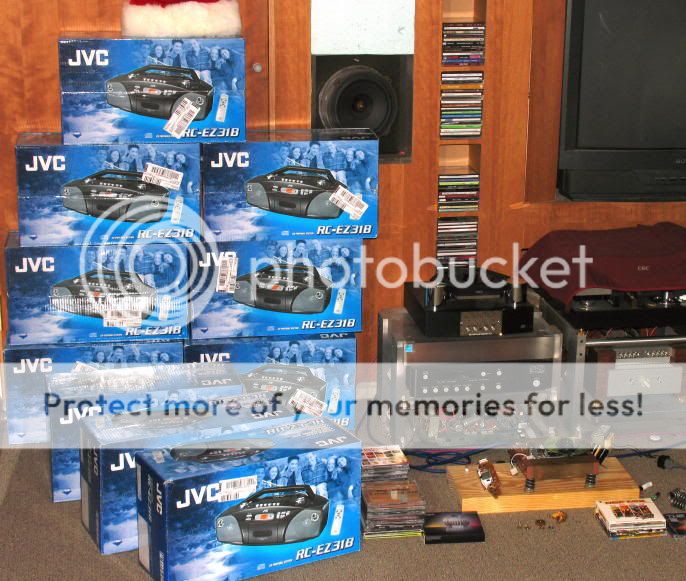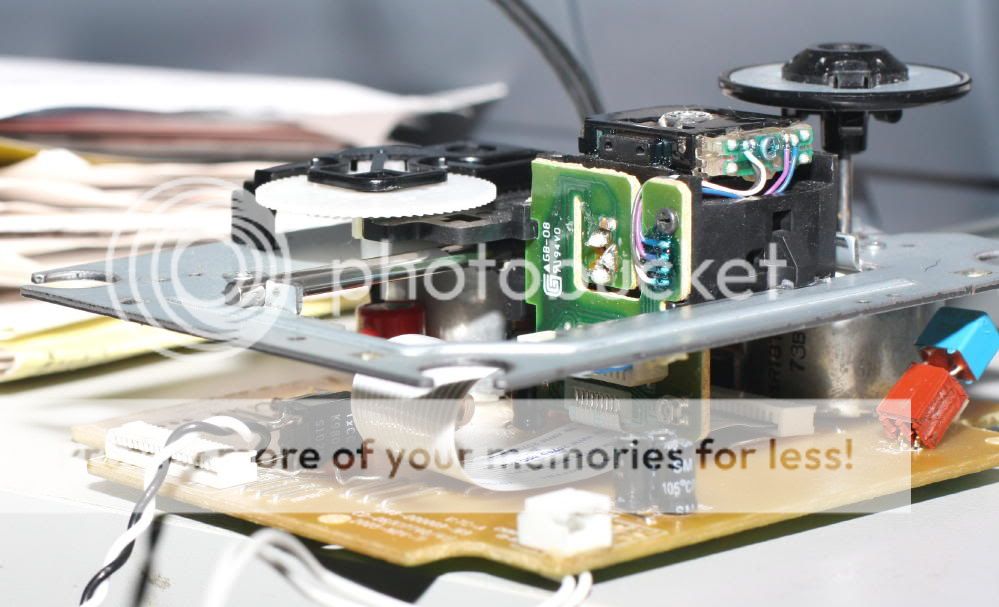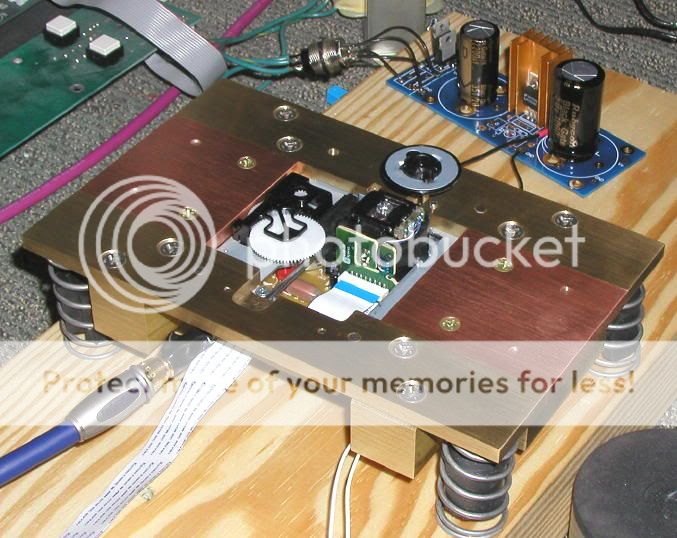QUOTE(ccschua @ Oct 19 2008, 07:31 PM)
I have no doubt the digital world has produced bit perfect technology. However, I would love to see one that implement that technology, with common availability and low costs. I could actually use computer or streaming wirelessly to USB port, output USB direct to DAC which support 20ps jitter. At this moment, to support USB with 1 ppm jitter is still not commercialy friendly.
However, to cut that computer chain, I have some time till that technology is common and user-friendly. else I would still stick to the transport.
I manage to hunt around and found quite a few sets of JVC RC-EZ31a lying around. Looks like time to learn some DIY electronics. I need to do this :
1. power supply board.
2. 75 ohm output, spdif/BNC out.
3. Low jitter clock
4. cap mod. Black Gate N, Rubycon.
It's already implemented, TI, LT and AD have released very good USB to I2S/SPDIF chips recently, the DAC1 USB is a good example of an extremely jitter immune system with the benefits of USB's corrected transmission.
What would you trust to make sure your music gets from point to point without issues, a CD player with a 1mb cache, or a PC such as mine with 8 gigabytes of memory, not inclusive of HDD Buffers and Soundcard ones?
And as a note, i don't recommend using black gates IF they don't fit into the pad. Many dolts use wires for their legs or keep the leads too long, which infact makes the signal path worse than with the old cheapo capacitor. Stretching it a bit is fine, but any longer than half a centimeter is an antenna

QUOTE(gabanyayaya @ Oct 19 2008, 09:16 PM)
Running COMPUTER with HiFi is like drinking a juice from an artificial flavor.....soulless and tasteless
Running HiFi with vintage gears is just like drinking a juice fresh from the farms....

You're already taking the sound from a digital source, you're making sure with modern systems that it's getting from point A to point B without any damage of that digital data, data or timing wise. Computers do it so much better if you ask me.
Distortion is never a desired characteristic of digital systems. I'm assuming that you aren't using vinyl








 Oct 19 2008, 05:23 PM, updated 17y ago
Oct 19 2008, 05:23 PM, updated 17y ago
 Quote
Quote

 0.0214sec
0.0214sec
 0.79
0.79
 6 queries
6 queries
 GZIP Disabled
GZIP Disabled